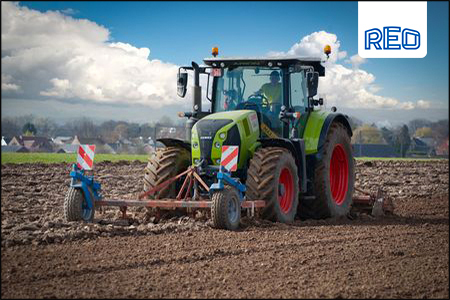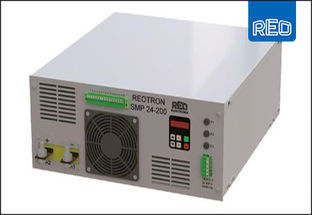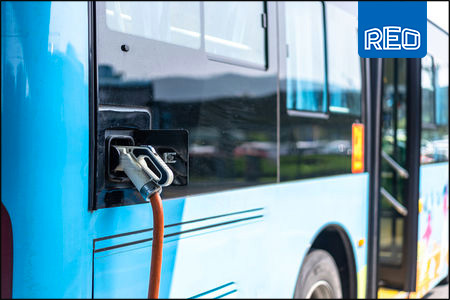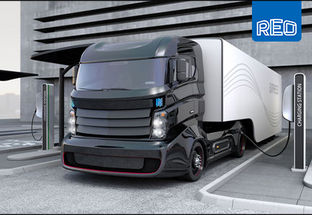Sowing seeds with agricultural EVs
The technology needed to electrify farming vehicles
The past decade has been one of rapid growth in the uptake of electric vehicles (EVs) for transportation, with Europe becoming the largest market for electric cars for the first time in 2020. However, we’re still only at the start of our transition to cleaner, greener mobility with industries like agriculture still relying on diesel-powered vehicles. Here Steve Hughes, managing director at e-mobility power component specialist REO UK, explains how the electrification of farming trucks can reduce agriculture’s environmental burden.
A 2020 McKinsey report estimates that over one quarter of global carbon dioxide, methane and nitrous oxide emissions can be attributed to agriculture, forestry and land use change — notably, deforestation creating space for agriculture. While there is little research on how much of the global greenhouse gas (GHG) emissions can be attributed to non-road mobile machinery for farming, energy use in agriculture to power machinery is responsible for 1.5 per cent of GHG emissions. This may seem like a small number but, it could be as much as 690,000 gigatons of gases per year.
Electrification of farming vehicles could go some way to reduce agriculture’s environmental burden. However, modern farming relies on fleets of heavy-duty vehicles that can weigh more than 25,000 kilograms with added attachments. All this weight, combined with long working days and large acreages, adds to the challenge of electrification.
Diesel is still the popular fuel choice for farmers because it packs approximately 27 times more energy per full tank compared to batteries and, therefore, can work all day without having to refill. If EVs are to compete in this sector, the vehicle components need to be efficient to extend the battery runtime for as long as possible.
Optimising battery life with braking resistors
When a driver applies the brakes on a tractor, heat is one of the main excess energies produced and lost. Regenerative braking involves recovering this energy and feeding it back into other vehicle processes, minimising losses and reducing the amount of required battery power. Braking resistors with good heat dissipation are needed to make sure excess energy is used productively and doesn’t overload the system. The braking resistors by REO UK, for example, use water-cooling for increased heat dissipation, allowing more energy to be reclaimed into alternative processes.
Because of the increased torque needed, braking resistors for heavy-duty farm vehicles must be able to manage a higher wattage than those used for normal EVs. They must also be small because any additional, unnecessary weight-bearing on the vehicle could compact the soil and make it less viable for crop growth. Some big agricultural vehicle manufacturers are currently trialling cable powered EVs, to eliminate the need for a battery and save on weight. However, these EVs would require better infrastructure and could be limited to small driving ranges.
Protecting EVs with better infrastructure
If a farmer has large acreages spread across a vast geographical area, a vehicle may have to leave its base for several days or weeks during harvesting seasons. Therefore, if the infrastructure isn’t in place to accommodate EV charging, farmers can’t be expected to remain productive.
Improving the infrastructure will involve installing more charging points on farmland, fitted with harmonic filters. One of the challenges of increased EV charging is the threat of harmonic currents, which occur when AC power system voltages are converted to DC voltages. REO’s harmonic filter prevent harmonic currents from damaging the grid and overheating the capacitors and transformers in the vehicle. They operate by administering a counteracting frequency, which removes signal distortions and increases the reliability of the charging point, as well as the network stability.
To sow a more sustainable future for farming, EVs will play an important role. To accelerate the switch, EV manufacturers need to choose vehicle components that will prolong battery lifespans and protect the integrity of the charging infrastructure.
For more information on REO UK’s emobility products, head to the website and download the emobility document.













